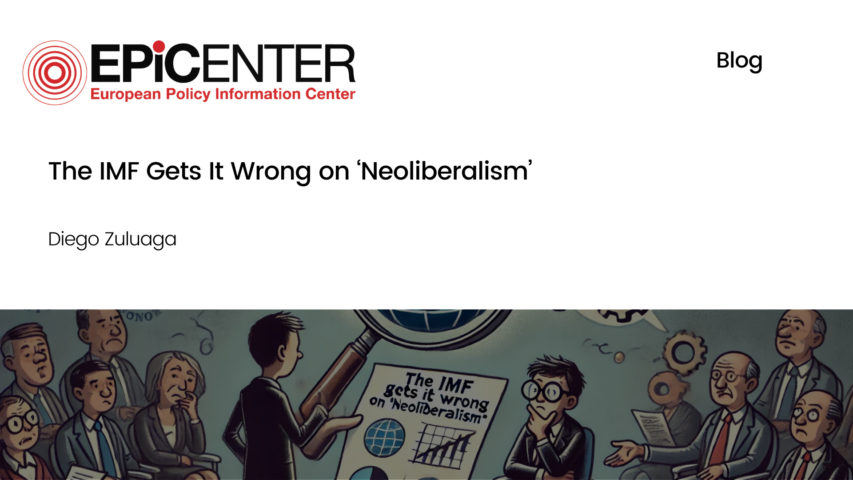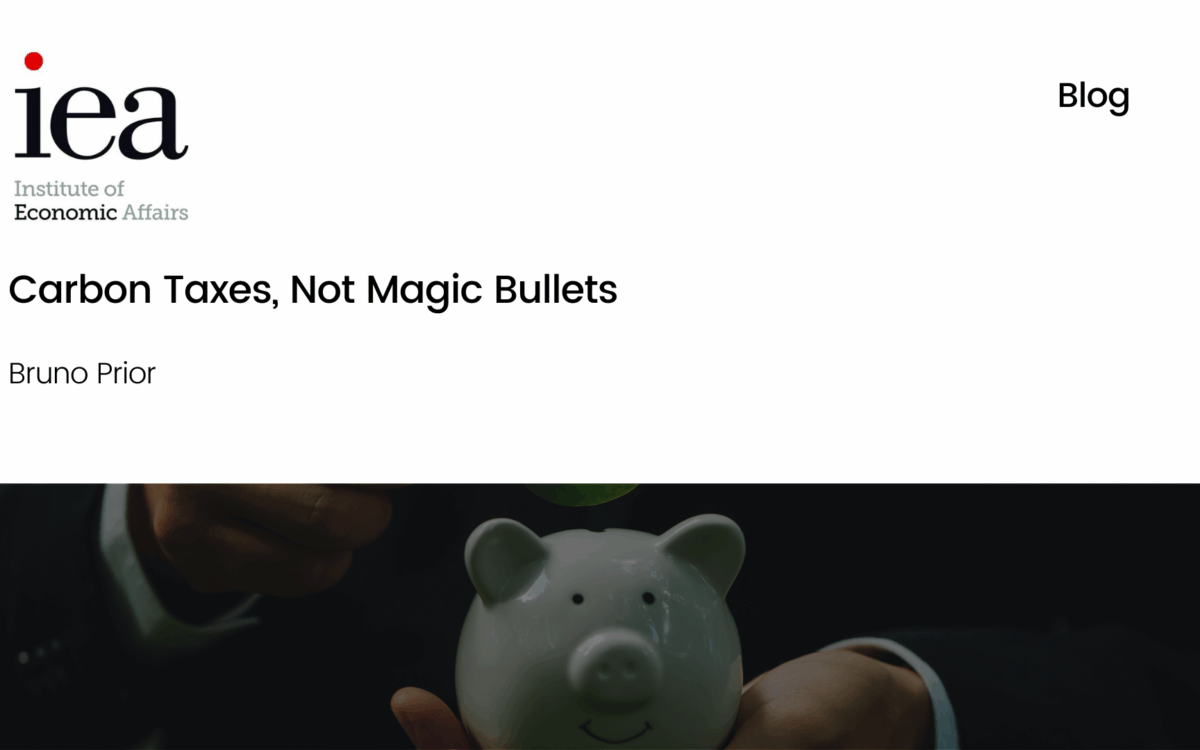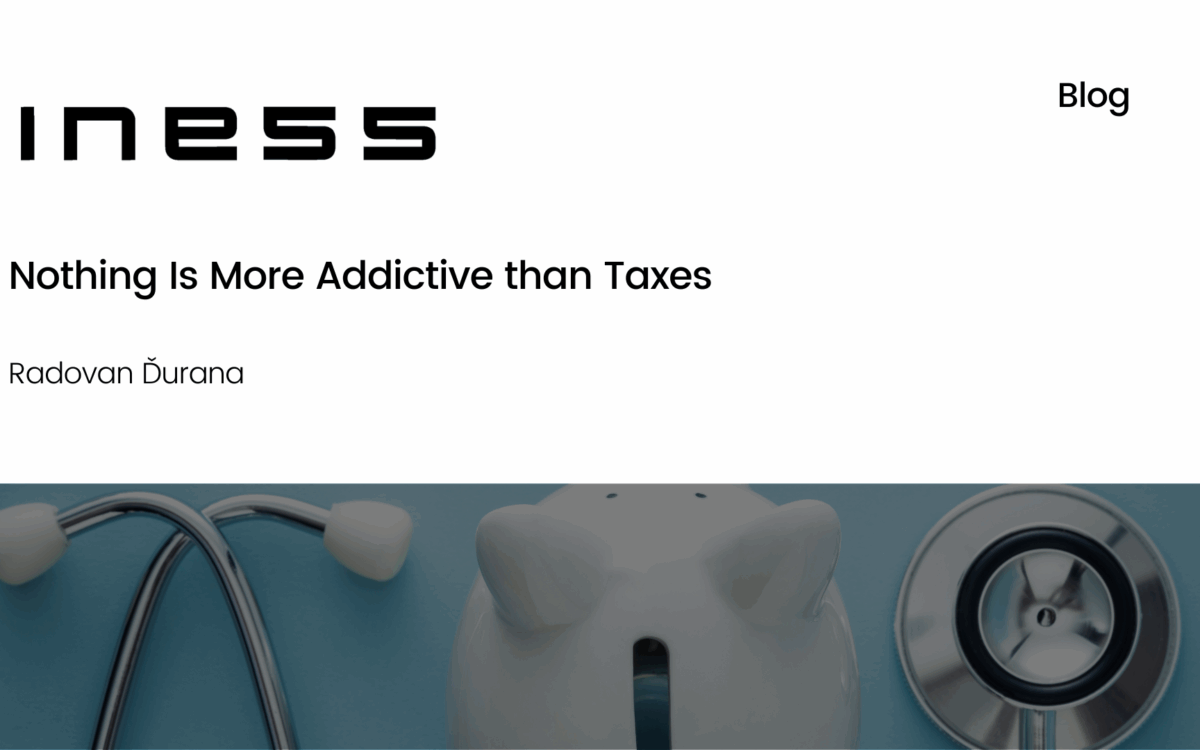The IMF Gets It Wrong on ‘Neoliberalism’

The IMF Gets It Wrong on ‘Neoliberalism’
Diego Zuluaga // 03.06.2016
An article from the IMF’s magazine, entitled ‘Neoliberalism: Oversold?’, has been making the rounds on social media. This is not surprising: bemoan ‘neoliberalism’ in one way or another, and you are virtually guaranteed roaring applause on social media. Nor is it surprising that IMF authors are taking such a stance, unless you ever fell for the urban legend that the IMF is a ‘neoliberal’ institution. But what is surprising is how narrowly the article defines the alleged ‘neoliberal agenda’.
Free-market reforms include openness to foreign trade, deregulation of labour and product markets, and the liberalisation of areas of the economy which were previously subject to extensive state intervention. Such an agenda has been pursued, with varying degrees of commitment, not only in Latin America and East Asia, but throughout the Western world, South Asia and – increasingly – Africa as well since the late 1970s. Where they have been pursued, and where they have not been undermined or offset by statist measures, the results have been overwhelmingly positive: a dramatic reduction in global poverty, with 700 million people lifted from deprivation in China alone; greater access by ordinary people to water, electricity and consumer goods; a transition for significant parts of the labour force from the ‘grey’ sector to the formal economy; and a promotion of social mobility as entrepreneurship and credit were unleashed.
The article points out that recent balance of payments crises in Latin America and Asia occurred in the context of free capital flows. But this does not necessarily mean that, as the article implies, free capital flows magnify the likelihood and impact of crises. Rather, an examination of the countries involved shows that events were mainly driven by a lack of robust institutions – independent central banks, fiscally prudent governments, the rule of law – which both spurred public and private borrowing in the boom years and led foreign investors to call in their loans as soon as things turned sour. Argentina, Mexico and Thailand are all salient examples of this cycle. By contrast, countries such as Chile with a better institutional framework have thrived under the free flow of capital. So has the UK, which until 1979 had strict capital controls in place.
There is no historical precedent in peacetime for the level of debt that many developed countries have reached in recent years. However, it is unlikely that economies with public debt-to-GDP ratios close to or exceeding 100 per cent are in a strong position to weather the next macroeconomic headwind. Furthermore, the UK recovery since 2013 and the recent experience of Ireland and Spain show that austerity can be expansionary when accompanied by a programme of liberalising reforms. As far as developing countries are concerned, the main problem is that the state was not just large, but also astonishingly inefficient before liberal reforms were implemented. India’s growth-choking ‘permit raj’ pre-1991 comes to mind. Thus a market-driven agenda has not only cut governments down to size in emerging economies, reducing the burden on taxpayers, but it has also provided oxygen for the private sector to flourish, with very beneficial effects on growth and real wealth at all income levels.
In a context of weak institutions and greedy governments, there may be a point in controlling short-term capital flows to prevent acute crises – although capital controls have not saved Venezuela from economic collapse. Moreover, international bodies such as the IMF may worry about rising inequality as economic growth rewards some more than others within an economy. But even a superficial look at the evidence from the past 35 years shows the amazing progress made – especially by poorer countries – under the so-called ‘neoliberal agenda.’ This progress is sadly overlooked in the article.
EPICENTER publications and contributions from our member think tanks are designed to promote the discussion of economic issues and the role of markets in solving economic and social problems. As with all EPICENTER publications, the views expressed here are those of the author and not EPICENTER or its member think tanks (which have no corporate view).



